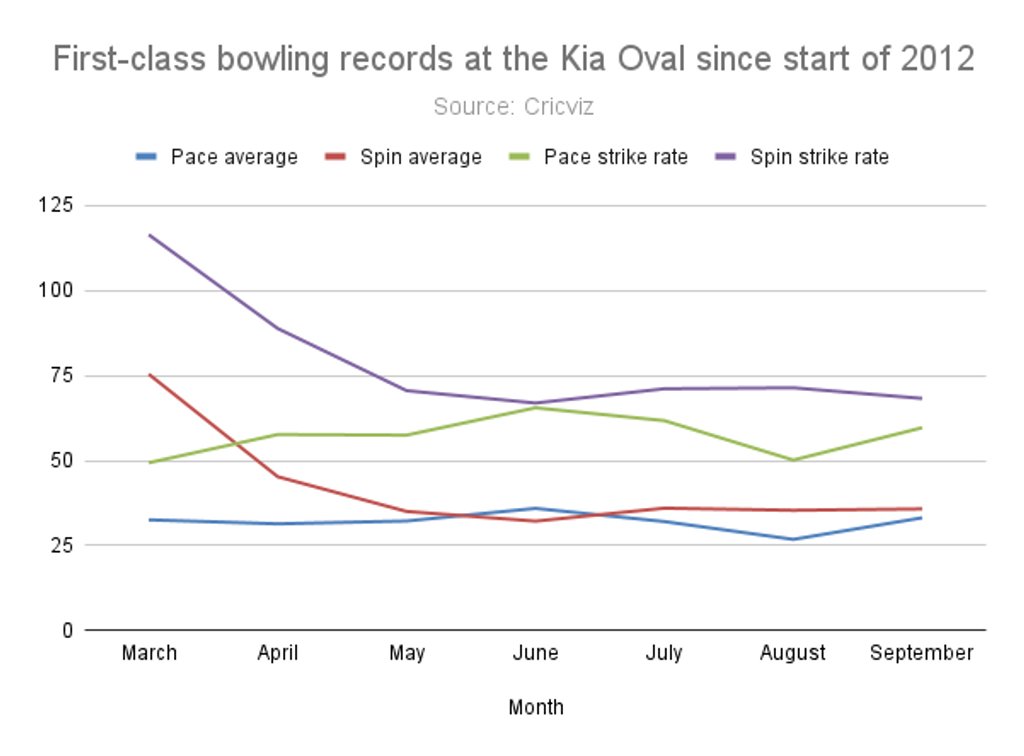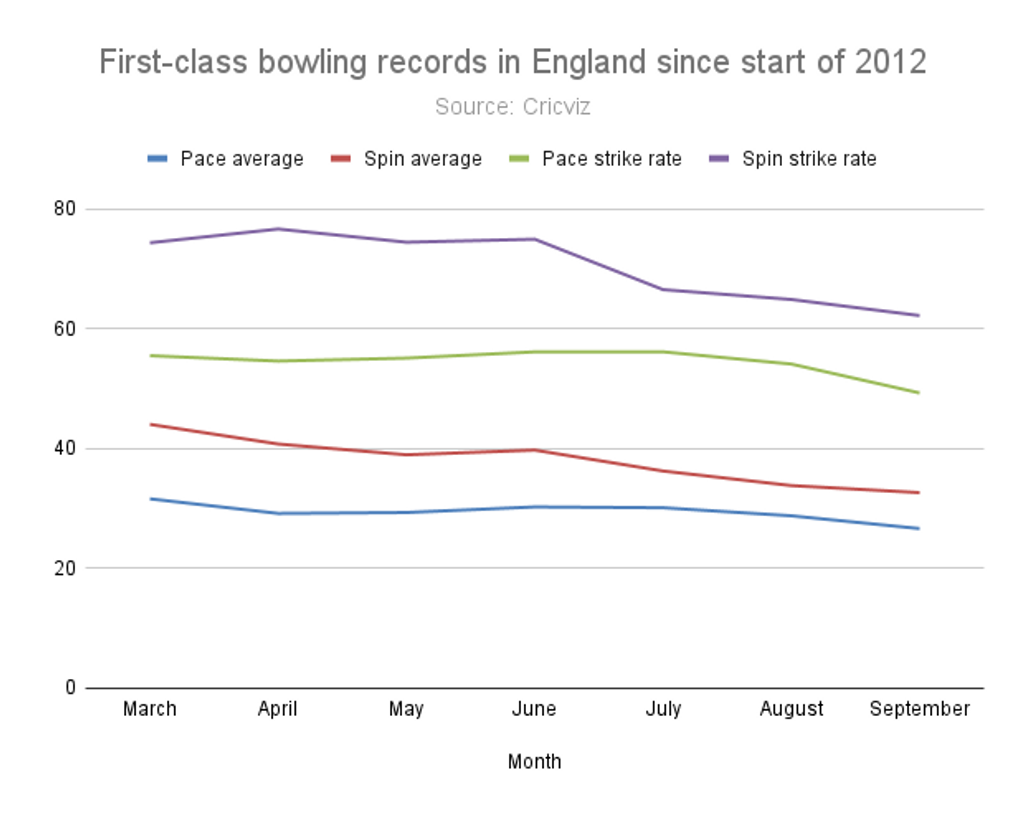
India have almost certainly zeroed in on ten cricketers for the World Test Championship 2021-23 final against Australia, but they have to make a call between R Ashwin and Shardul Thakur.
Two years ago, with the five-match series drawn 1-1, India had to take a call at the Kia Oval after Mohammed Shami was ruled out. They could leave out a fast bowler and pick both Ravindra Jadeja and R Ashwin; or pick four pacers along with one of the spinners.
With Jasprit Bumrah and Mohammed Siraj certain to play on that occasion, India could have picked Ashwin ahead of one of Jadeja, Shardul Thakur, or Umesh Yadav.
In the end, they left out Ashwin. Jadeja broke the monotony of right-handers in the batting line up. And being a left-arm finger-spinner, he was likelier to make better use of the rough than the off-spinner Ashwin in a Test match dominated by right-handed fast bowlers.
India won the Test match by 157 runs. After batting at No.5, ahead of Ajinkya Rahane in each innings, Jadeja finished with a match haul of 4-86. Thakur, yet another bowling all-rounder, had 3-76 along with a fifty in each innings; and Umesh, taking the first over ahead of Bumrah, took 6-136.
It is not every day that the decision to leave out the leading wicket-taker of a squad is validated to this extent. Now, India have to make a decision again.
This time, Shami, Siraj, and Jadeja are certainties in Bumrah’s absence, and Umesh likely to play ahead of Jaydev Unadkat, they will have to pick one of Ashwin and Thakur.
Indian captain Rohit Sharma was logical in his response: “I’m not saying that Ashwin is not going to play. We’ll wait until tomorrow because one thing I have seen here, the pitch actually changes quite a bit day to day. Today it’s looking this way, tomorrow it might be slightly different, who knows?”
Unlike the 2021 Test match, however, India do have the incentive to use Mitchell Starc’s footmarks – Nathan Lyon will be exploiting them for Australia – against a left-hander-heavy Australian side. Ashwin may be key here.
Five years ago, under gloomy skies at Lord’s, India had raised a few eyebrows by picking Ashwin along with Kuldeep Yadav. They bowled 26 wicketless overs between them as India slumped to an innings defeat in under 180 overs of cricket.
Since then, India have played nine Test matches on English soil but have picked two specialist spinners together only once, in the World Test Championship final against New Zealand at Southampton in June 2021.
India’s decision might have been influenced by New Zealand’s two left-arm fast bowlers, Trent Boult and Neil Wagner. Ashwin returned 4-45 in that match and Jadeja 1-45 out of the 12 New Zealand wickets.
Despite Ashwin’s excellent outing, however, India left him out of all five Test matches against England that followed, backing four fast bowlers and Jadeja. That may change this time.
There is something else as well. It is perceived that while English conditions typically assists new-ball bowlers, The Kia Oval is among venues where the seamers’ advantage is not as pronounced.
There is truth in that. Of the eight English venues to have hosted two or more men’s Tests since the start of 2012, seamers have fared worst here, taking wickets at 30.57 apiece. With a 10-match cut-off on the all-time list, The Kia Oval still has the worst average for seamers: 30.86.
The corresponding number for spinners (34.83), while worse, is fourth over the same time span. A side may be tempted to play two spinners, especially since Ashwin (474 wickets at 23.93) and Jadeja (264 at 24.22) form arguably the most devastating spin pair since they started playing Test cricket on covered pitches.
Yet, assessing based on Test cricket alone may lead to misleading results, for never in its 143-year history of hosting Tests has the Kia Oval hosted a match starting this early in a year. In fact, it has never hosted a Test match before July 8 (in 1982), let alone as early as June 7.
Of the 104 Test matches played at England’s oldest Test venue, only eight have started in July. Barring exceptions, the venue has traditionally hosted the last Test match of the English summer, as it will in 2023.
June is a curious month in the England calendar, for first-class cricket often makes way for white-ball formats at the major venues. Since the start of 2012, the Kia Oval has hosted 85 first-class matches. Excluding two matches in March (in 2012 and 2016), the calendar has followed a pattern: April (17), May (15), June (7), July (11), August (14), and September (19).
The Kia Oval has, thus, hosted 8.2 percent of its matches in June. This pattern does not hold across England, where June (239) has hosted 14.3 percent of all matches, more than July (208) and not far behind August (248).
To sum up, June is an atypical month for first-class cricket at the Kia Oval. India and Australia play each other frequently, but this time they will be in somewhat unchartered territory.
Seven matches are a reasonable sample size to draw a conclusion based on, for they span over 12,000 balls. June, already an atypical first-class month at the venue, has featured an atypical surge in the performance of the spinners. In fact, since the start of 2012, June has been the only month where spinners have had a better bowling average than seamers.

The same pattern does not hold for pan-England matches. There, the dip is more or less consistent across the summer. It is the Kia Oval where spinners have got uncharacteristic purchase at this time of the year.

Given India’s tendency to back four fast bowlers in England, they are likelier to back Thakur. However, the choice is perhaps not an obvious one.








